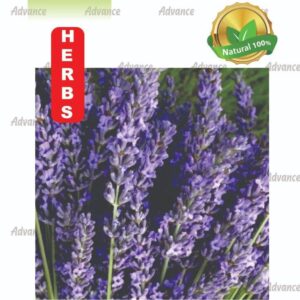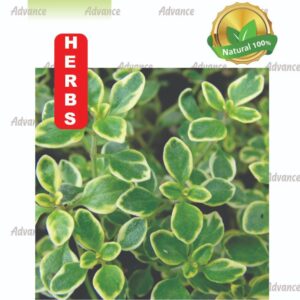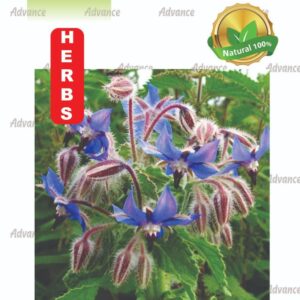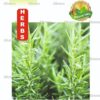Rosemary (Rosmarinus officinalis) is a fragrant and versatile herb that is popularly used in culinary, medicinal, and ornamental applications. Growing rosemary can be a rewarding experience, and here’s a guide on how to grow it:
Growing Rosemary:
1. Selecting Rosemary Plants or Seeds:
- Rosemary can be propagated from seeds, but it’s often easier to start with established plants. Choose a healthy-looking rosemary plant from a nursery or garden center.
2. Timing:
- Plant rosemary in the spring or fall. Rosemary is sensitive to frost, so if you’re planting in a colder climate, spring may be the safer option.
3. Location:
- Choose a location with full sunlight for at least 6-8 hours a day. Rosemary prefers well-drained soil with a slightly acidic to neutral pH.
4. Soil Preparation:
- Amend the soil with well-rotted compost to improve drainage. Rosemary does not like to be in waterlogged soil.
5. Planting:
- If planting from seeds, sow them in a seed tray and cover them lightly with soil. Transplant seedlings when they are large enough. For established plants, dig a hole slightly larger than the root ball and plant at the same depth it was in the container.
6. Spacing:
- Space rosemary plants about 2 to 3 feet apart (60-90 cm) to allow for proper air circulation.
7. Watering:
- Water newly planted rosemary regularly until it establishes. Once established, rosemary is drought-tolerant. Water when the top inch of soil feels dry.
8. Mulching:
- Apply a layer of organic mulch around the base of the plant to help retain soil moisture and suppress weeds.
9. Pruning:
- Prune rosemary regularly to maintain its shape and encourage bushier growth. Harvesting leaves regularly also helps to keep the plant compact.
10. Fertilizing:
- Rosemary generally doesn
11. Overwintering:
- In colder climates, rosemary can be susceptible to winter damage. Consider mulching around the base of the plant and providing protection during extreme cold.
12. Harvesting:
- You can start harvesting rosemary once the plant is well-established. Harvest by snipping the stems just above a leaf node. The aromatic leaves can be used fresh or dried.
Culinary Uses:
- Cooking:
- Rosemary is commonly used in Mediterranean cuisine, especially with roasted meats, potatoes, and vegetables.
- Infusions:
- Make rosemary-infused oils or vinegar for culinary use. Combine rosemary with olive oil or vinegar and let it steep for a few weeks.
Medicinal Uses:
- Aromatherapy:
- Rosemary is often used in aromatherapy for its invigorating scent. Essential oil from rosemary is used in diffusers.
- Herbal Tea:
- Rosemary tea is believed to have various health benefits, including improving digestion and boosting cognitive function.
Growing rosemary is relatively low-maintenance, and the plant can thrive in a variety of conditions. Its aromatic leaves make it a valuable addition to both the kitchen and the garden.















Reviews
There are no reviews yet.